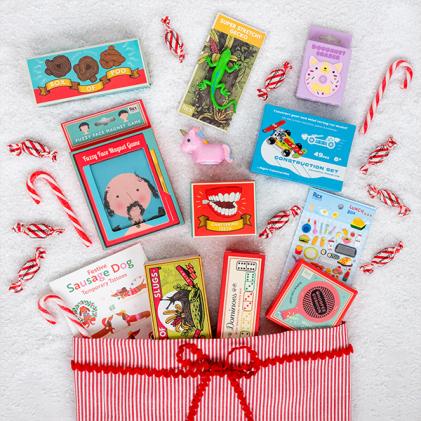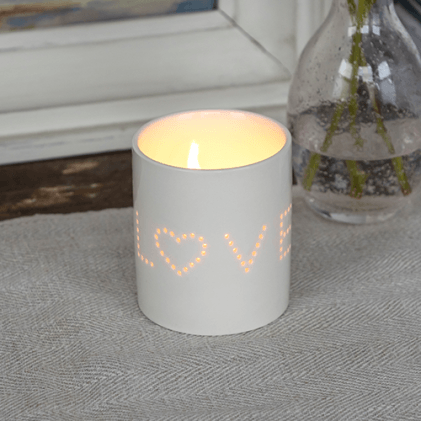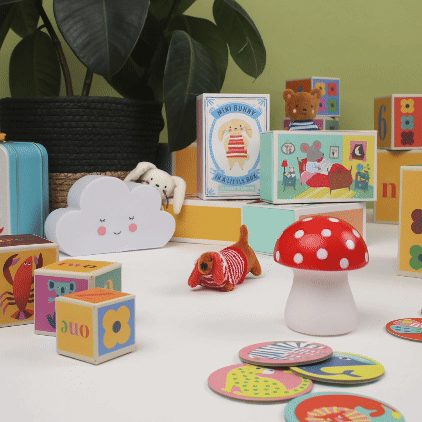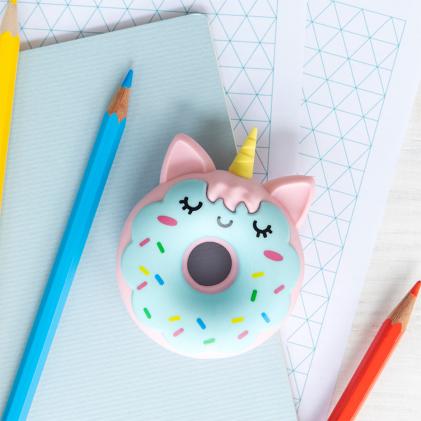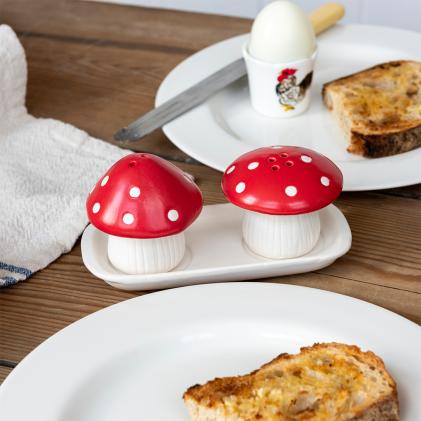50 facts about chocolate for Easter
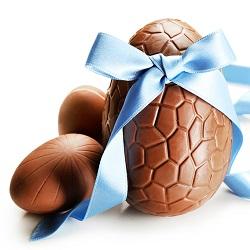
At DotComGiftShop, we think it's a great idea to consider giving alternative Easter presents but concede that chocolate is a mainstay of the celebration.
So, to show we're not spoilsports, here are 50 fascinating facts about chocolate.
1. Nineteen-year-old Milton Hershey founded the Hershey Chocolate Company in 1871.
2. Milton Hershey was commissioned by the U.S. Government to make a candy bar to be included in the soldier’s rations during World War II.
3. In the Alfred Hitchcock movie “Psycho”, chocolate syrup was used as blood in the movie’s famous shower scene.
4. Chocolate does grow on trees.
5. Chocolate gets its start from the tropical tree, Theobroma cacao, or the cacao tree.
6. The Mayans used cacao beans as a form of currency. A rabbit or a prostitute could be bought for 10 beans while a slave could be bought for 100 beans.
7. The Spaniards considered chocolate a healthy food.
8. Chocolate is not a contributing factor of acne.
9. For nearly all of its history, chocolate has been consumed as an expensive drink.
10. At one time, the Catholic Church decided that it was a sin to drink chocolate during lent.
11. Chocolate was considered an upper class drink because it was fashionable and expensive.
12. Since the 18th century, people have believed that chocolate is an aphrodisiac.
13. The myth that chocolate causes hyperactivity in children is not true.
14. Chocolate contains Theobromine, an ingredient which can be toxic to dogs.
15. Chocolate is substantially lower in caffeine than coffee or tea.
16. Chocolate initiates the release of endorphins, which act as a natural antidepressant.
17. There are around 40 to 45 cocoa beans contained in one cocoa pod.
18. History says that Napoleon always ate chocolate when he needed energy.
19. Chocolate has anti-oxidants which may reduce the risk of cancer and heart disease.
20. Chocolate contains minerals that the body needs such as iron and magnesium.
21. Refrigerating chocolate does not impair its flavor.
22. Heat, air, and age can impair the flavor of chocolate.
23. The word cocoa came as a result of the misspelling of the word cacao.
24. Different varieties of cocoa beans have different flavors.
25. Chocolate contains chromium, which helps to control blood sugar.
26. Chocolate is not responsible for causing headaches.
27. Henri Nestle was the first to make Milk Chocolate.
28. Famous movie about chocolate is Charlie and the Chocolate Factory.
29. The Spaniards prescribed chocolate as a medicine to reduce fever and pain.
30. Consumers spend more than $7 billion a year on chocolate.
31. Chocolate should be stored in a cool place.
32. When women crave food, they crave chocolate.
33. The Cadbury Chocolate Company created the first chocolate bar in 1824.
34. The Tootsie Roll was named after inventor Leonard Hershfield’s daughter.
35. Chocolate was introduced to the U.S. in 1765.
36. The only U.S. state to grow cacao beans is Hawaii.
37. Chocolate can be fatal to parrots.
38. A chocolate bar is low in cholesterol.
39. People cannot be addicted to chocolate.
40. The word chocolate is derived from the Aztec word “xocolatl”, which means “bitter water.”
41. Christopher Columbus introduced Europe to chocolate.
42. Switzerland is one of the leading countries in eating chocolate.
43. Chocolate melts in your mouth because the melting point of cocoa butter is just below 98.6 degrees F.
44. The largest box of chocolate was made by Marshall Field’s of Chicago.
45. The most popular chocolate in the UK is Cadbury.
46. The Madeleine is the most expensive chocolate in the world.
47. Nestle manufactured the first white chocolate in the 1930s.
48. Chocolate is the most popular treat given out on Halloween.
49. February is Chocolate Lover’s Month in the U.S.
50. Older children are more likely to prefer chocolate than younger children.
Image source: Yastremska

